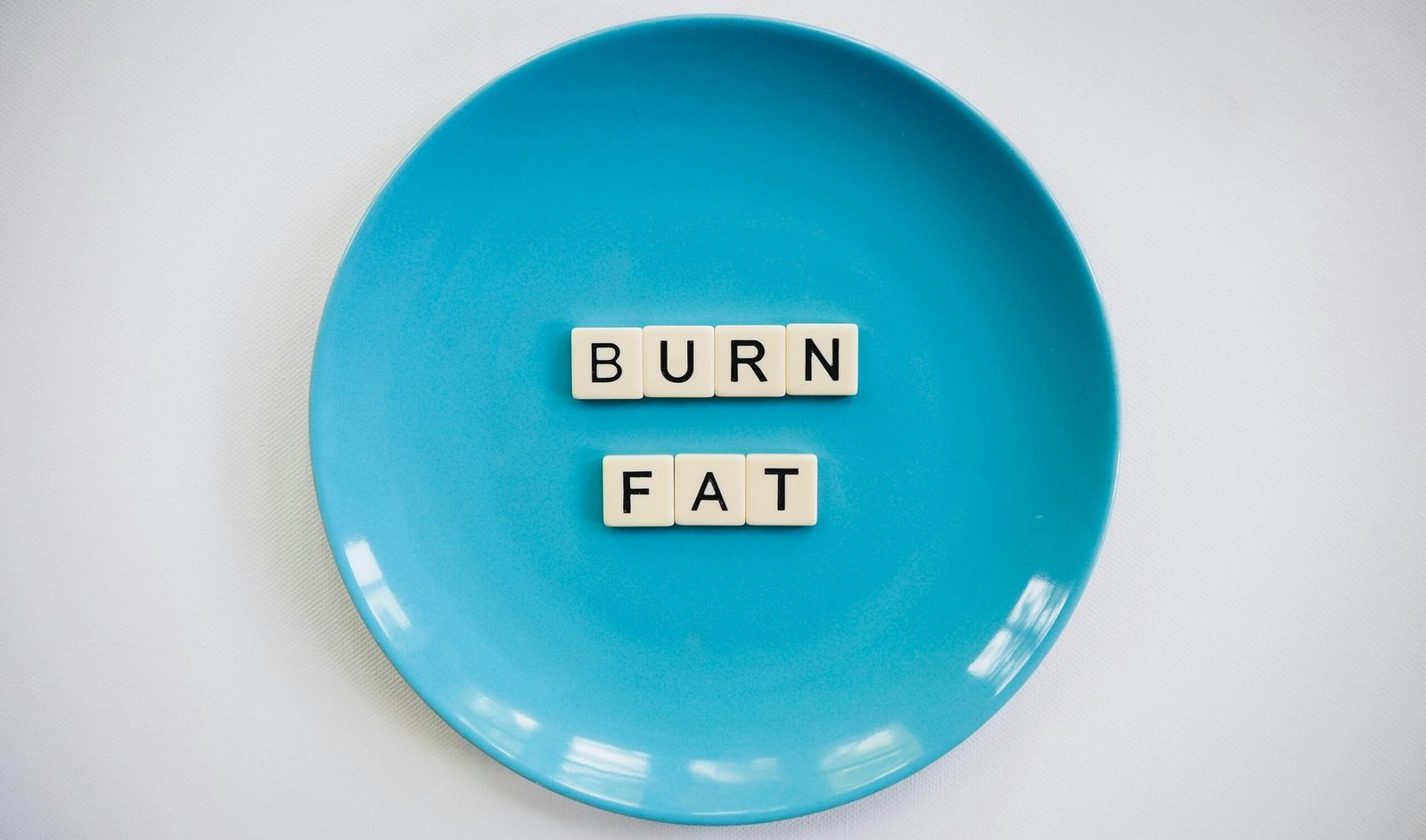Understanding the Keto Diet
The ketogenic diet, commonly known as the keto diet, is a low-carbohydrate, high-fat dietary regimen designed to promote weight loss and various health benefits. The main principle of the keto diet involves drastically reducing carbohydrate intake while increasing the consumption of fats. This significant dietary shift pushes the body into a metabolic state called ketosis, wherein it becomes adept at burning fat for energy rather than relying primarily on carbohydrates. In ketosis, fatty acids are converted into ketones, which serve as an alternative energy source for the brain and body.
The quintessential components of a keto diet include high-fat foods such as avocados, nuts, seeds, oils, and fatty cuts of meat. Additionally, low-carbohydrate vegetables like leafy greens, broccoli, and cauliflower are encouraged, while starchy foods, grains, and sugars are minimised. This specific food pattern can lead to various outcomes, including appetite regulation, reduced fat storage, and an accelerated fat-burning process, making it a popular option for those seeking weight loss.
Research suggests that the ketogenic diet can enhance mental clarity and cognitive function, likely due to the brain’s utilisation of ketones. Furthermore, certain studies indicate that keto diet followers often report higher levels of energy and decreased hunger levels, contributing to easier adherence and weight loss success.
However, potential drawbacks include the so-called “keto flu,” which some individuals experience when transitioning into ketosis. This condition may involve fatigue, dizziness, nausea, and irritability as the body adapts to using fat for fuel. Additionally, long-term diet maintenance can pose challenges and lead to nutrient deficiencies if not properly managed. Therefore, individuals considering the keto diet should weigh its benefits against possible side effects and ideally consult a healthcare professional before making significant dietary changes.
Exploring Intermittent Fasting
Intermittent fasting (IF) is a dietary approach that alternates between periods of eating and fasting. It has gained significant popularity as a potential method for weight loss and improving metabolic health. This strategy does not prescribe specific calorie intake or food types but focuses on when to eat. There are several popular methods of intermittent fasting, including the 16/8 method, where an individual fasts for 16 hours and eats during an 8-hour window, and the 5:2 method, which entails eating normally for five days of the week while restricting caloric intake to around 500-600 calories on the other two days.
Research suggests that intermittent fasting can enhance metabolic processes. Promoting insulin sensitivity aids the body in utilising glucose effectively for energy, potentially reducing overall fat storage. During fasting, the body enters ketosis, burning stored fat for energy. This metabolic shift is an underlying factor that makes intermittent fasting appealing to those seeking weight loss.
Several scientific studies have demonstrated the effectiveness of intermittent fasting in weight management. A review of multiple studies indicated that participants experienced weight loss ranging from 3-8% of their initial body weight over three to 24 weeks. Moreover, intermittent fasting may enhance cellular repair through autophagy, a mechanism where the body removes damaged cells and regenerates healthy ones. This could lead to various health benefits extending beyond mere weight loss.
While intermittent fasting presents numerous advantages, it may also pose challenges, especially for beginners. Transitioning to this eating pattern can initially lead to hunger, irritability, and fatigue. Individuals are encouraged to ease into fasting gradually and remain attentive to how their bodies respond. It is advisable to consult with a healthcare professional before starting any new dietary regimen, particularly for those with pre-existing health conditions or concerns.
Comparative Analysis: Keto vs. Intermittent Fasting for Weight Loss
The ketogenic diet and intermittent fasting often emerge as popular choices when considering weight loss strategies. Both methods promote fat loss but operate through distinct physiological mechanisms and necessitate different lifestyle adjustments. The ketogenic diet, characterized by a high-fat, low-carbohydrate intake, forces the body into ketosis, utilizing fat as the primary energy source. Research indicates that this metabolic shift can effectively enhance fat oxidation, leading to significant weight loss for many individuals.
On the other hand, intermittent fasting involves cycling between periods of eating and fasting, which may help reduce caloric intake and promote metabolic health. Studies have shown that this method can lead to weight loss by lowering insulin levels and increasing fat breakdown. Furthermore, intermittent fasting can conveniently fit various lifestyles since it does not prescribe specific food types but instead focuses on timing meals.
The efficacy of these approaches, however, can be subjective. While some individuals may thrive on the structured regimen of the ketogenic diet, experiencing reduced hunger and cravings, others may find intermittent fasting to be more sustainable, allowing for flexibility without the need for strict dietary restrictions. Personal preferences play a crucial role in the success of a weight loss strategy; individuals must choose what aligns best with their lifestyle, taste preferences, and daily routines.
In terms of lifestyle adaptations, the ketogenic diet requires careful meal planning. It may involve initial side effects such as the “keto flu,” while intermittent fasting typically demands a shift in eating timing rather than a complete overhaul of food choices. Ultimately, both strategies carry their advantages and challenges, highlighting the importance of personalised approaches to weight management.
Choosing the Right Approach for You
Regarding dietary strategies for weight loss, both the ketogenic diet and intermittent fasting offer unique benefits. However, determining which approach best aligns with your individual health goals and lifestyle requires careful consideration. Personal preferences play a significant role in the success of any diet, as the chosen method should fit seamlessly into everyday routines. For instance, intermittent fasting might pose challenges if you enjoy traditional meals and prefer eating throughout the day. In contrast, the keto diet, focusing on high fats and low carbohydrates, allows for more flexibility in meal planning.
Additionally, any existing medical conditions should be factored into the decision-making process. Individuals with diabetes or those on medication that affects blood sugar should discuss their options with a healthcare professional before undertaking either the ketogenic diet or intermittent fasting. Similarly, those with a history of eating disorders might benefit from more structured guidance rather than self-imposed dietary restrictions.
Long-term sustainability is another critical factor. While both diets can yield significant weight loss, they may not be sustainable for every individual. Considering the ease of maintaining a diet over the long term can help select the most suitable approach. For instance, if one finds it challenging to adhere to the strict macronutrient limits of the keto diet, intermittent fasting may present a more manageable option, allowing for more varied food choices on non-fasting days.
Starting safely is paramount, regardless of the chosen method. Consulting with a registered dietitian or healthcare provider can help tailor the diet to specific health needs. Emphasising balanced nutrition is crucial, as both diets should encompass essential vitamins and minerals. Individuals can confidently embark on their chosen dietary journey through informed decision-making and proper preparation.



